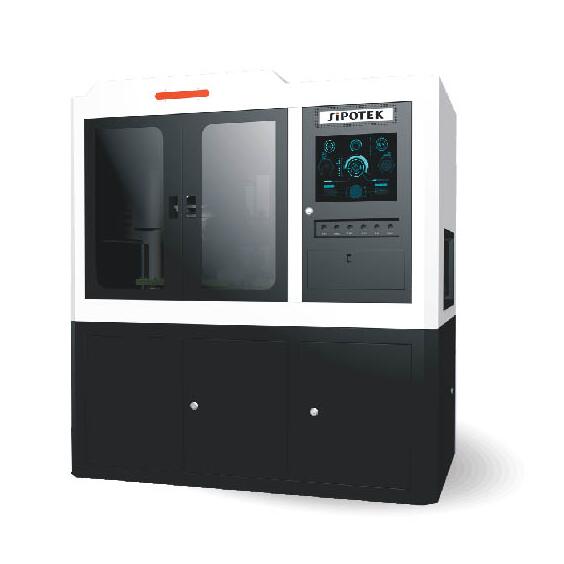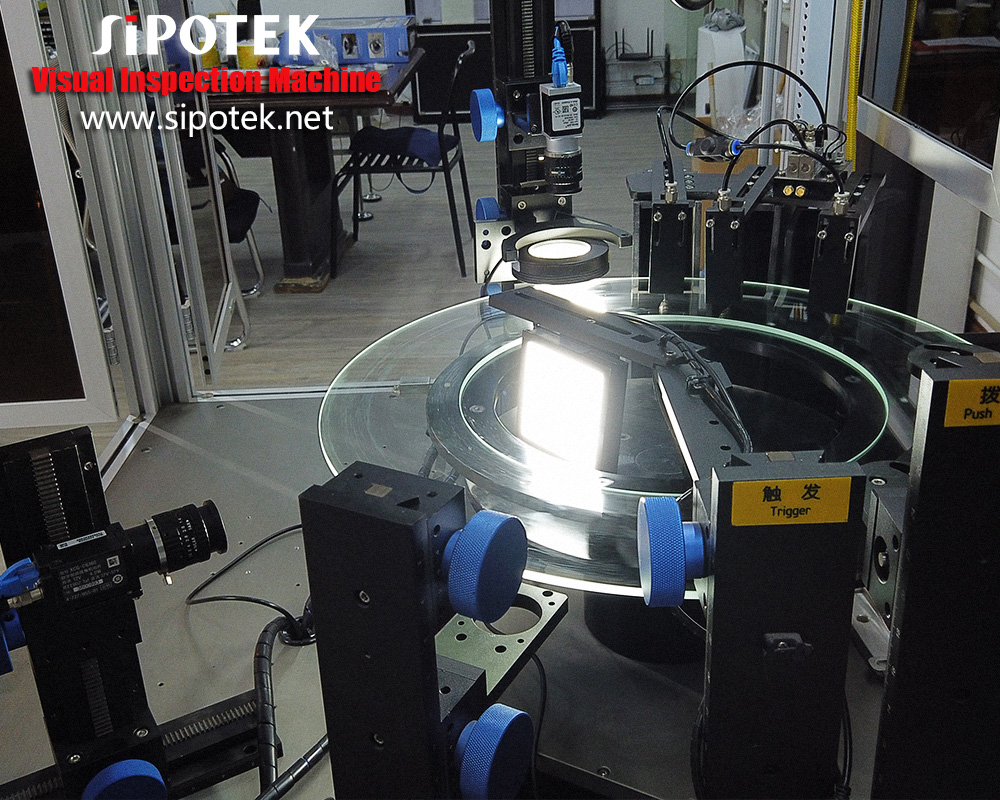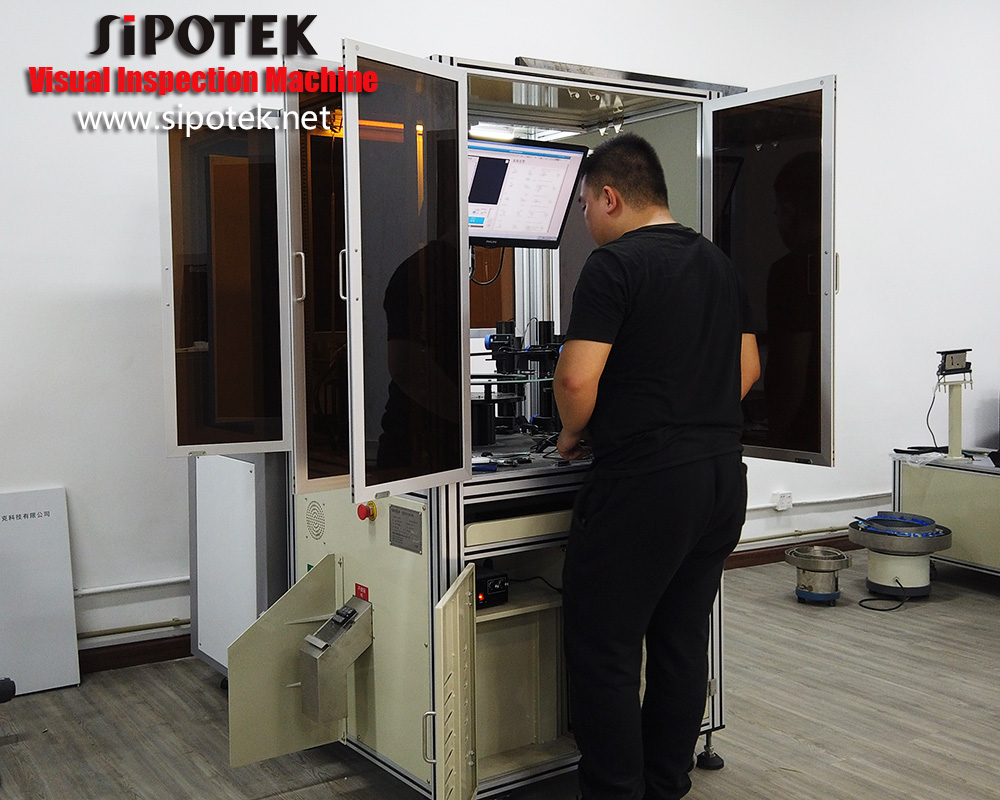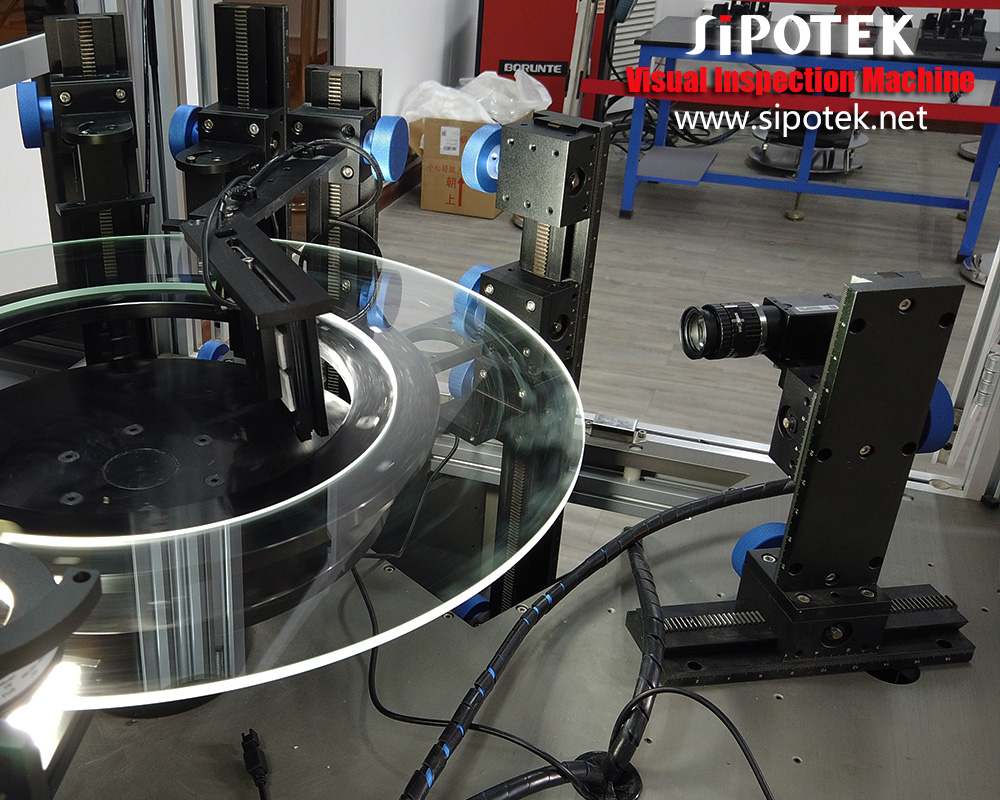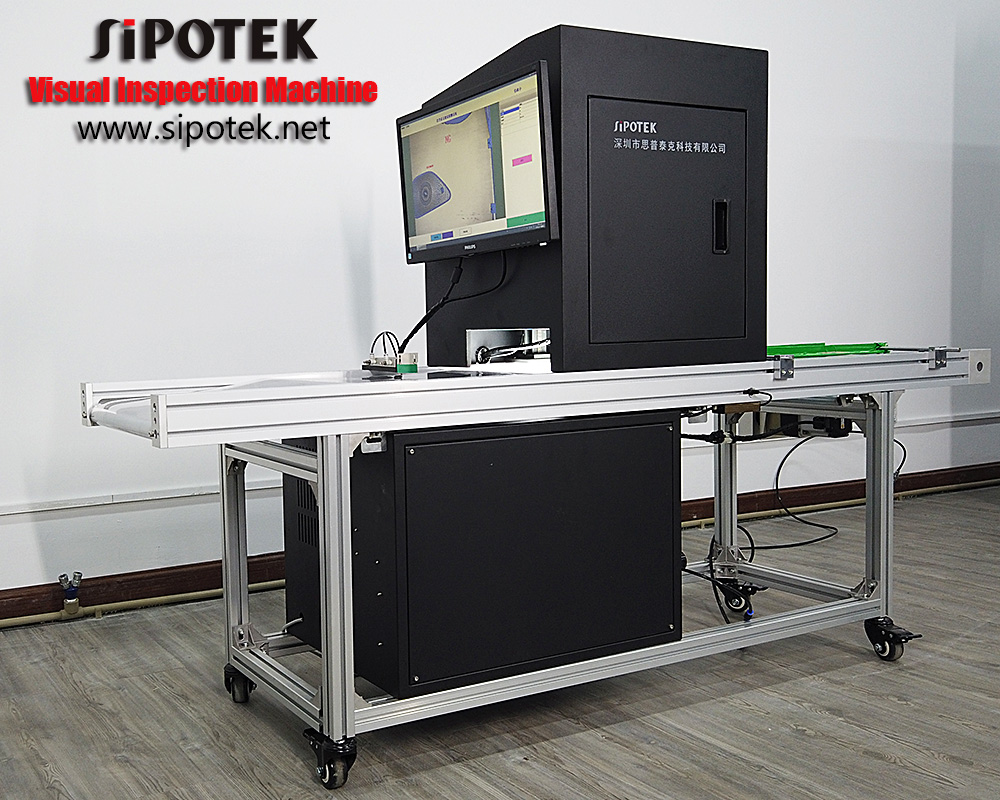Quality control can mean a lot of things, and in the context of machine vision, it most often refers to the overseeing of proper sorting of goods on a production line and inspection of goods and parts. Machine vision systems that assess products based the quality of shape, size, material, or any other programmed factor include vision inspection systems, optical inspection systems, and laser inspection systems. All do so with consistency, speed, repetition, and magnification.
In terms of inspecting products for quality, two of the biggest fields that employ machine vision systems are the electronics industry and the automotive industry. Within these industries, manufacturers make especially great usage out of AGV (automated guided vehicle) equipment to inspect their products.
As well as inspecting finished products, these industries use machine vision systems to inspect the parts used to make machine vision products themselves. Such parts and components include die casts, molds, and tools. Machine vision solutions routinely inspect them under high magnification. Another focus of machine vision system is human safety and security.

There are 7 types of machine vision systems
- Optical inspection system use machine vision to inspect objects and images like serial numbers on products at a store checkout line, and finished products on an assembly line.
- Optical sorting systems work like optical inspection systems, except their goal is to sort products.
- Laser inspection systems perform machine vision applications using a combination of laser beams and photoelectric sensors. Uniquely, after scanning an image or item, they can generate a 3D reproduction. Laser inspection systems can inspect images and items for a wide range of applications, like parts counting, product defect detection (down to the microscopic level), serial number scanning, and barcode scanning.
- Smart cameras obtain extra high-quality images using a combination of processing circuitry and imaging software. They are portable, but because they don’t come with much storage space, users usually use them in conjunction with a main system.
- CCD cameras convert photons into electrical or digital images using CCD chips, or charge-coupled device chips. Once the machine vision cameras have converted the photons into images, operators can upload said images onto a computer image file.
- Magnetic imaging systems are designed using magnetic materials. They develop visual representations of products using their magnetism, along with an x-ray type sensor.
- Robotic vision systems are machine vehicles, like AGVs, that traverse an industrial space. They are semi-autonomous and move using limited sight provided to them by computer vision.
Machine vision inspection equipment is mainly used for quality inspection in industrial products. Compared with human inspection by naked eye detecting, machine vision inspection equipment can be used to accurately and quickly distinguish defective products and qualified products. The accuracy rate almost reaches 100%. It helps increasing production yields at he same time effectively guarantee the quality of the products.

About Shenzhen Sipotek Technology Co., Ltd
Started in 2002, Sipotek Technology is located in Shenzhen in China. The company designs and manufactures visual inspection systems with its avant-garde R&D department and a great experience in artificial vision technologies. Sipotek is a professional machine vision inspection system manufacturer from china.The Sipotek Technology staff supports customers 360 degrees automatd optical inspection(AOI), from listening to their requests to the development of ambitious machines for quality control.
For Inquiries:
Contact Person: James Yuan
Company: Shenzhen Sipotek Technology Co., Ltd
Tel: +86 18666216027
Email: [email protected]
Website: http://www.sipotek.net




